Arts & Culture
Golden Prince Hotel’s Sinulog Royalty Experience
Golden Prince Hotel celebrates a unique Cebuano Royalty experience by making a line up of activities incorprated by the festive mood of Sinulog 2019.
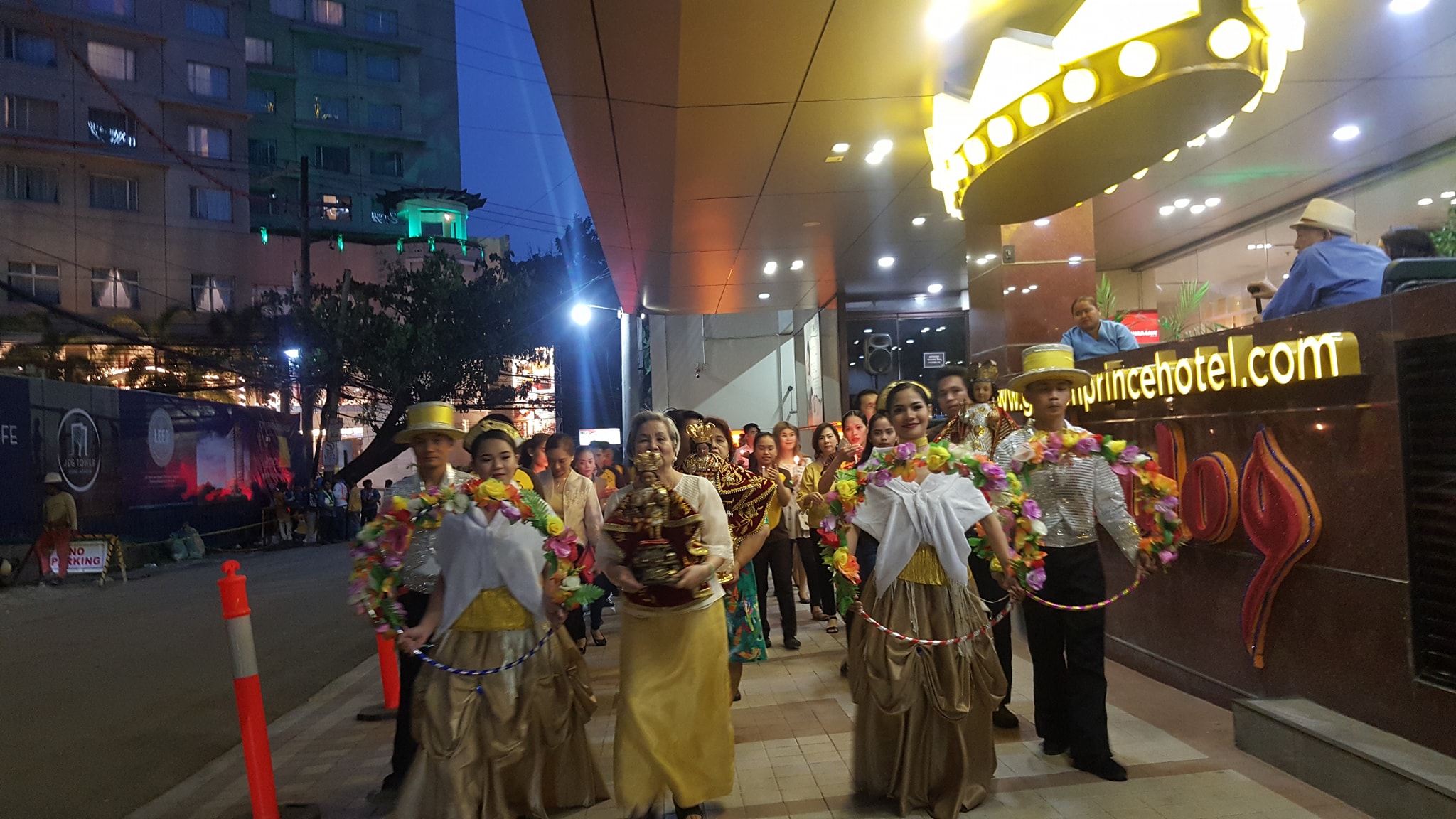
- Collections of Hijos de Maria
- Festejado: Santo Nino de Cebu by Doxch Tiro
- El Nino Rey Salvador del Mundo by
- Sleeping Santo Nino by Alvin Agnes
- Sleeping Santo Nino by Alvin Agnes
- Santo Nino de los Desamparados by Alvin Agnes
- Santo Nino de la Consolacion
- Nino de Cebu
- Nino de Cebu owned by Mark Steven Go
- Santo Nino owned By Ellis Mendez
- Festejado de Santo Nino owned by Doxch Tiro
- Sleeping Santo Nino owned by Alvin Agnes
- few members of Hijos de Maria (Mark Steven Go, Doxch Tiro, Ellis Mendez and Alvin Agnes)
What Cebu embodies and strengthen their religious endeavour is venerating the Holy Child, Jesus. Since Spanish times, the symbol of Santo Nino de Cebu has been a symbol of hope by the Cebuano people that whenever in trouble, there is always the child Jesus who reminds us that love conquers and hopes all in good things. Reflecting with us Filipinos who also loves children the way we love the image of the Santo Nino.
Golden Prince Hotel, one of the most Cebu culture-focused hotels that promotes only not how Cebuanos be top-tier in hotel accommodation but also how they introduce the richness of Cebuano culture that presents them as one of the unique hotels around town. Last January 11, they gladly hosted Bato Balani sa Gugma: Pasundayag sa Kapistahan sa Sugbu, activity lines up with an exhibit of Santo Nino figures and images collected by equally loving devotees of Santo Nino de Cebu. Bato Balani is a song of “Pasalamat”, which is a Cebuano word meaning: thanksgiving. It was highlighted with an exhibit of different images of the Santo Niño. About 15 images were on display at the hotel lobby owned by 12 collectors from Hijos de Maria, Doxch Tiro, Ruel Manzanares, Kevin Mahusay, Ellis Manuel Mendez, James Donell Guinitaran, John Paul Anore, Jessam Felicano, Mark Steven Go, Alex Cedeno, Alvin Agnes and Alexandre Pierre Pardillo Heyrosa. Images has their own interpretation and style of how they were portrayed as the child Jesus and some of these collections are dated way back in the late 1900s that are well-kept. Unlike collecting toys or in any other hobbies, this group of “collectors” does not only keep these images for the sake of collection but it is also an expression of love for Santo Nino whole year around and not only for Sinulog.
According to Ellis Mendez, the core of these images is always to reincarnate the love of God and one way of expressing devotion since Filipinos has different kinds of showing their love for God, there’s them who keeps Santo Nino images. “It is also part of us being Filipino to be child-loving in a view whenever we see a child or a baby, it is the same joy we feel whenever we see or keep the “Ninos”, Ellis added. It is not only from collecting they stop but also in taking care and dressing them with its intricacy of design from how they should be dressed up to the right materials also matter. Mark Go, who owns 2 oldest pieces of his Ninos, observed that some of the images in Cebu or few of the establishments has alters of how they are dressed up disregarding the sacredness, though it is dressed in many ways, there is always a formal and scriptural correct way of how the clothes are fit for the Child King, emphasizing the regality and beauty of the image.
What strikes among all of the images is the “Sleeping Santo Nino” by Alvin Agnes, the uniqueness of how a very peaceful portrayal of a resting baby Jesus resonating the calmness and love of its face. Alvin started as a devotee of Santo Nino de Cebu and wondered as to how is he going to strengthen his love for God and figured out to keep Santo Nino images till he found a group who collects them as well. The Sleeping Santo Nino came from Manila and was originally part of a “Belen” or the Christmas portrayal of the Holy Family in the manger. “Even though he was born in the manger, nations have already respected this image who said would be the Saviour, despite its vulnerability it still the same Jesus we venerate.” Agnes added.
Another beautifully-dressed and crafted Nino owned by Doxch Tiro, the Festejado: Santo Nino de Cebu which was recognized to by regal colors and very detailed accessories and has been endorsed in a lot of campaign materials for Sinulog. “Because of the love for the Nino, we are always particular to its materials as we want them to present them in its glorious form and something not from the ordinary.” Images are displayed in the lobby for viewing, reminding us that the Sinulog Celebration is not only the parade of dancing colors or the parties that follow it but also how we are reminded of the share of religious faith we had as a Cebuano believing that Santo Nino de Cebu is the reason and should be paid homage to.
As Golden Prince continues their Sinulog kick-off, line-up of activities continues with guests both local and foreign, experience a festive welcoming mood with the theme: Bulawanong Sinulog with the drumbeats of Abyan Ensemble and dance performances by the 10G Troupers.
For guests who want to try local favorites such as Lechon, it will available during lunch and dinner buffets at, Le’Mon Restaurant. Guests can also fully immerse themselves at Cebu’s First Heritage Home in a Hotel: our brand new Kabilin (Heritage Lounge), for some merienda (afternoon snacks) from 2pm onwards.
A special Sinulog room promo is also available for those who won’t make it to the Sinulog weekend. “Yay! It’s Sinulog Friday” is an overnight stay only for January 18, 2019 at a Deluxe room with breakfast for two, Painit sa Kabilin (snack buffet) for two, and Brewed Coffee (at Q Cafe) for two.
To make your Sinulog 2019 memorable, celebrate it with the only hotel in Cebu that provides a Unique Cebuano Royalty Experience! For more details, visit www.goldenprincehotel.com or (032) 230-1500 for room reservations; (032) 230-1555 for banquet inquiries; (032) 230-1588 for dining options.
Arts & Culture
Visayas Art Fair Year 5: Infinite Perspectives, Unbound Creativity
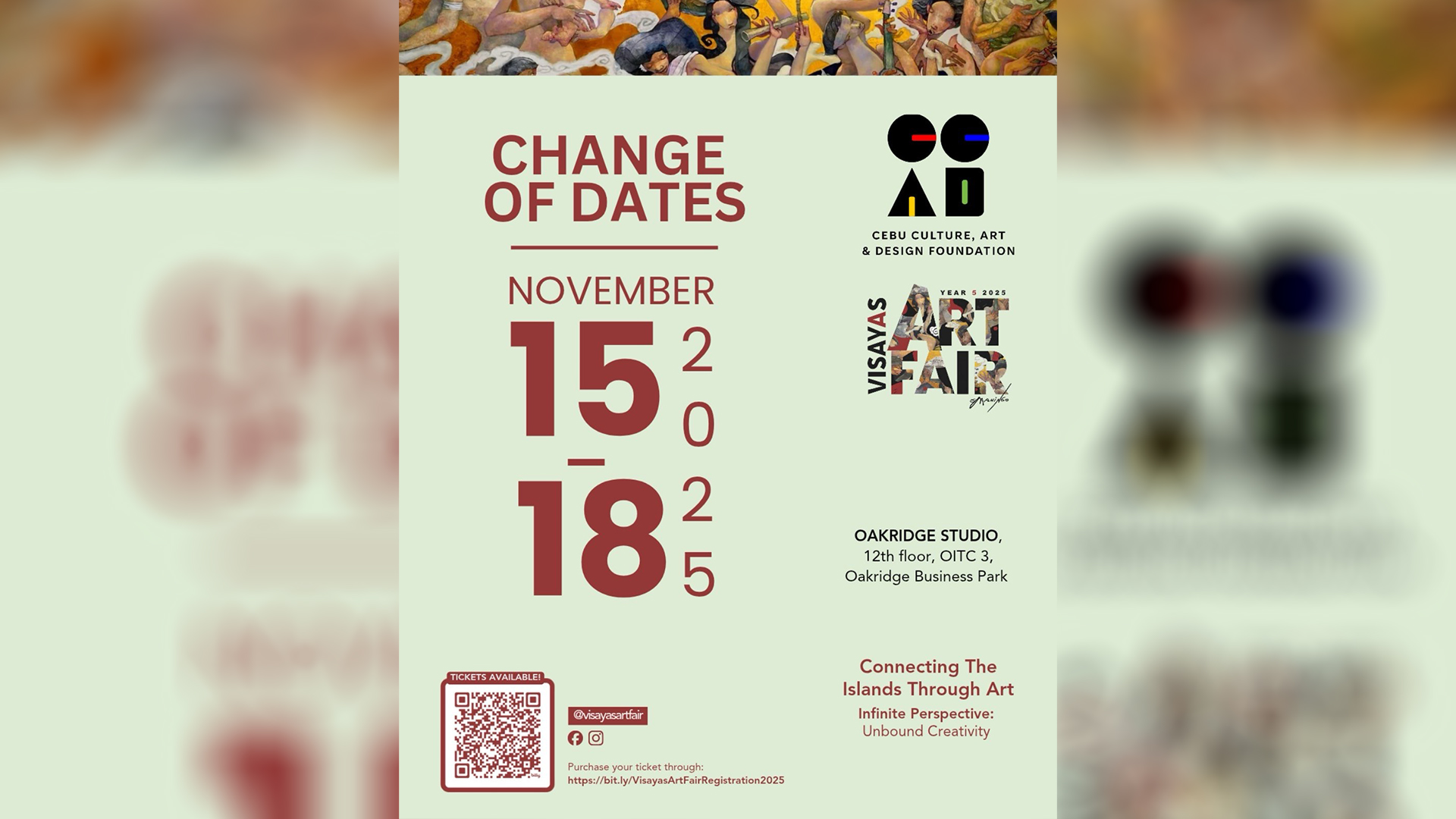
by Jing Ramos
This year’s Visayas Art Fair marks its 5th anniversary, celebrating the theme “Infinite Perspectives: Unbound Creativity.” The fair continues its mission of bridging creativity, culture, and community in the country. This milestone edition strengthens its partnership with the National Commission for Culture and the Arts and expands collaborations with regional art organizations and collectives—reinforcing its role as a unifying platform for Philippine art.
VAF5 features the works of Gil Francis Maningo, honoring the mastery of his gold leaf technique on opulent portraits of the Visayan muse Carmela, reflecting spiritual awareness.

Gil Francis Maningo is celebrated for his gold leaf technique.
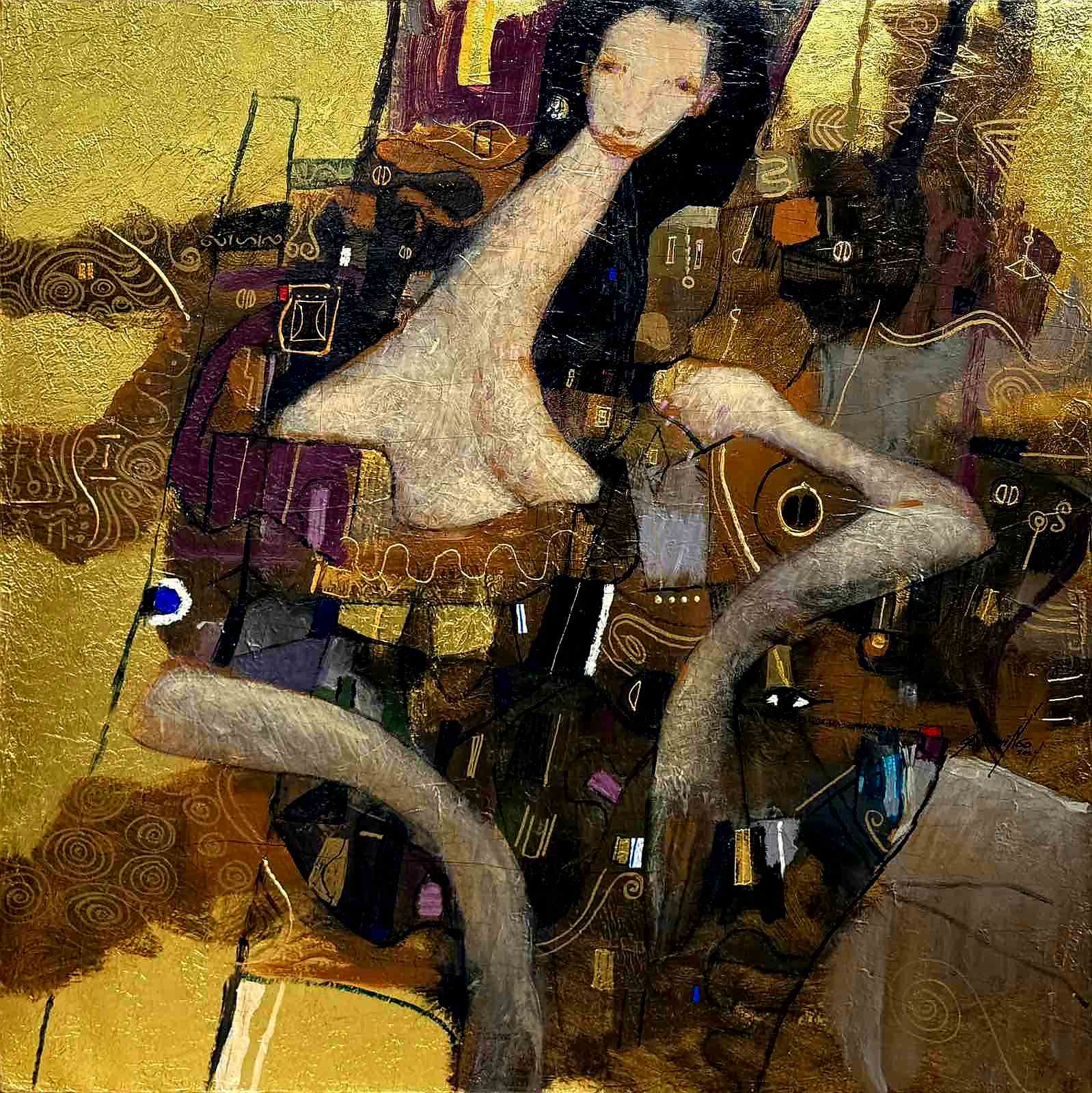
Gil Francis Maningo’s recurring theme of his Visayan muse “Carmela”.
Another featured artist is Danny Rayos del Sol, whose religious iconography of Marian-inspired portraits offers a profound meditation on the sacred and the sublime. This collaboration between two visual artists sparks a dialogue on the Visayan spirit of creativity and resilience. Titled “Pasinaya,” this dual showcase explores gold leaf as a medium of light and transcendence.
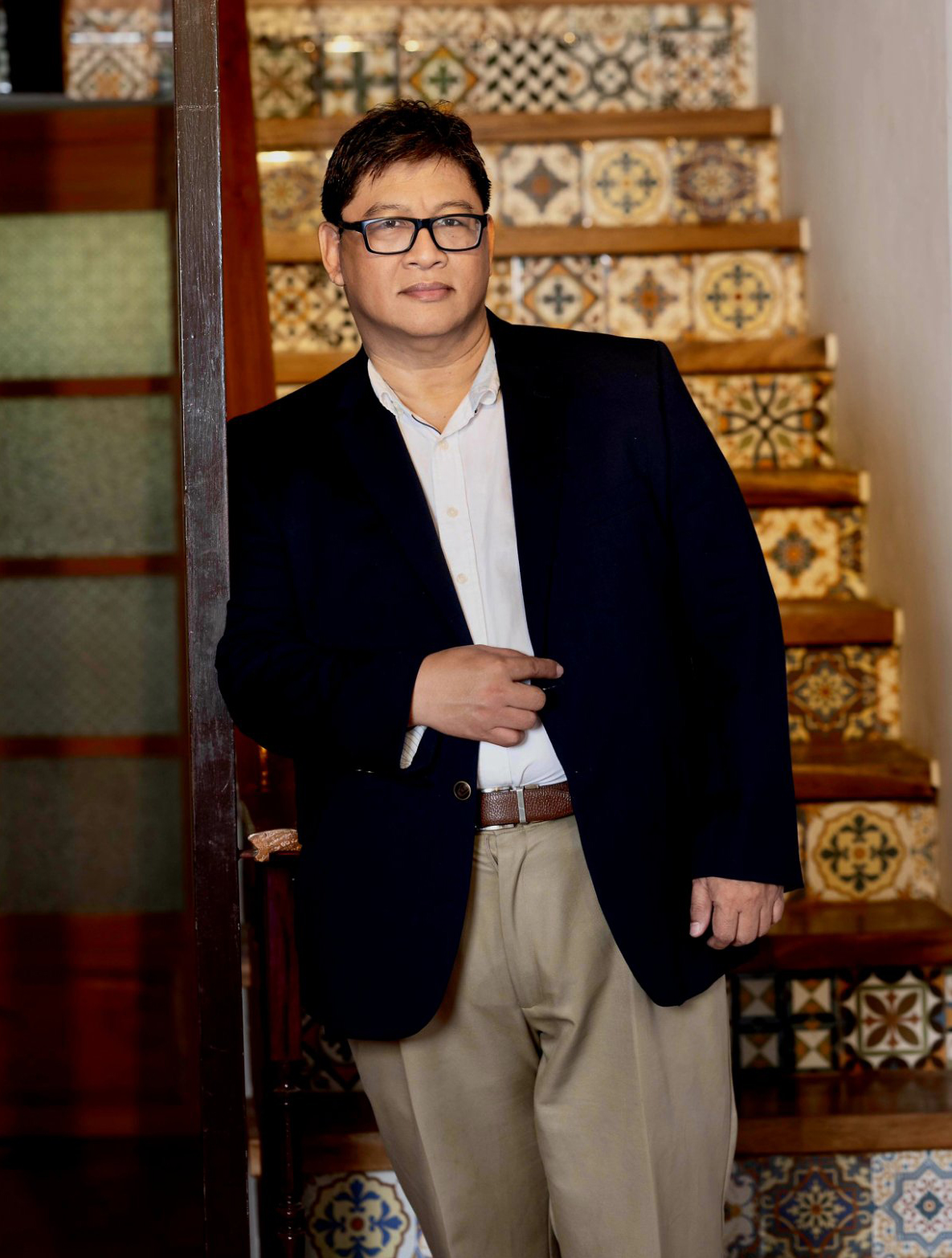
Artist Danny Reyes del Sol
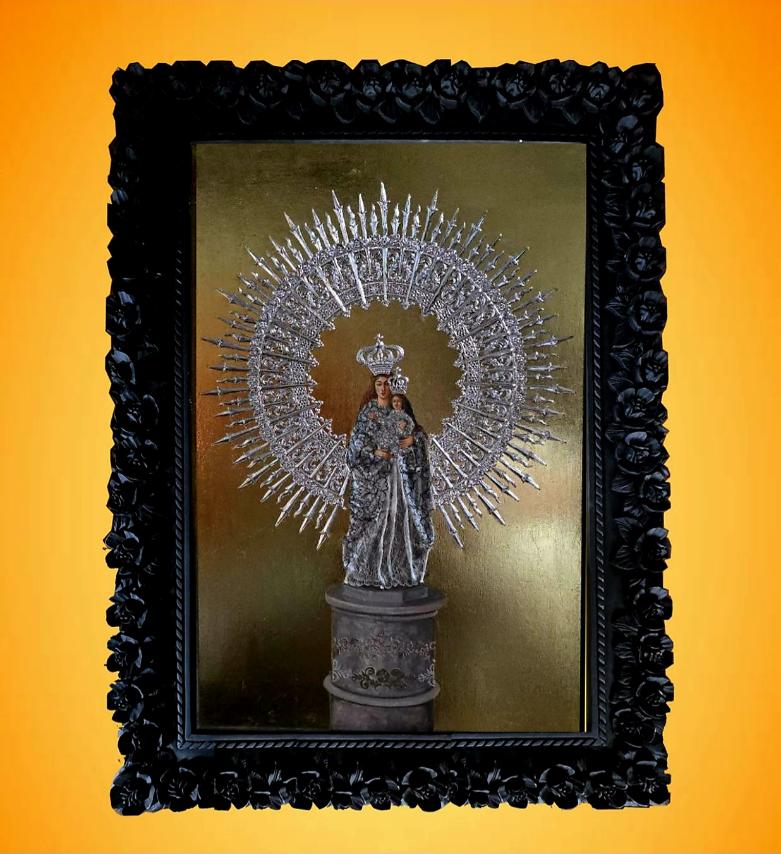
Danny Reyes del Sol’s religious iconography.
Now in its fifth year, the Visayas Art Fair has influenced a community of artists, gallerists, brokers, collectors, museum curators, and art critics—constructing a narrative that shapes how we approach and understand the artist and his work. This combination of factors, destined for popular consumption, illustrates the ways in which art and current culture have found common ground in a milieu enriched by the promise of increased revenue and the growing value of artworks.
Laurie Boquiren, Chairman of the Visayas Art Fair, elaborates on the theme, expressing a vision that celebrates the boundless imagination of unique artistic voices:
“Infinite Perspectives speaks of the countless ways artists see, interpret, and transform the world around them—reminding us that creativity knows no single point of view. Unbound Creativity embodies freedom from convention and controlled expression, allowing every artist to explore and experiment without borders.”
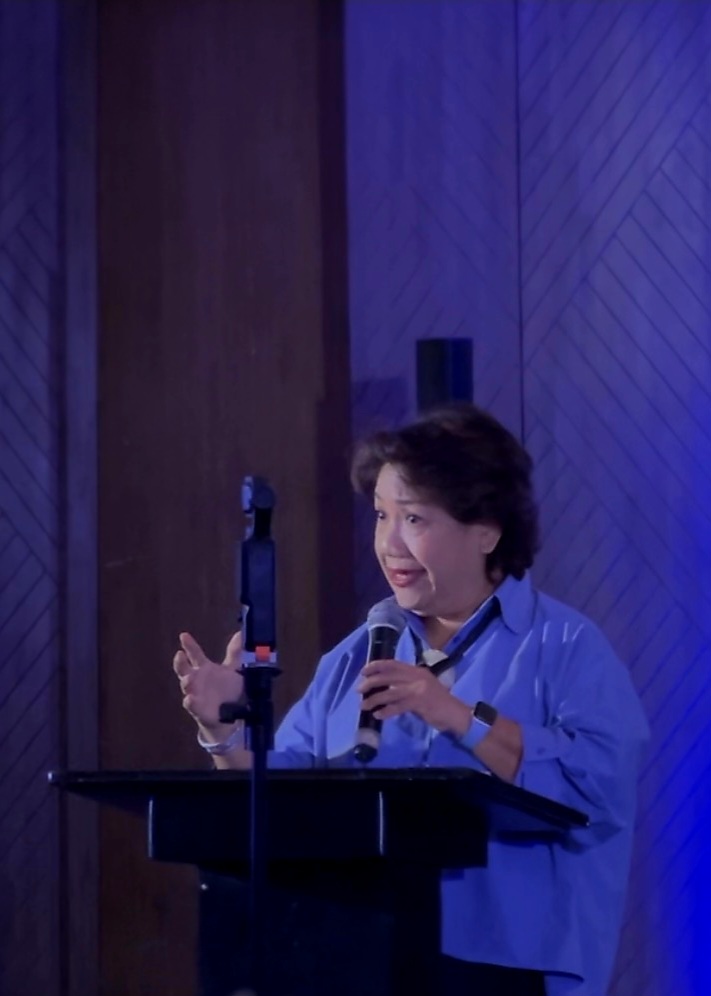
Laurie Boquiren, Chairman of the Visayas Art Fair has tirelessly championed the creative arts for the past five years.
Arts & Culture
Kultura. Kapital. Kasalukuyan: Art that Speaks of Today
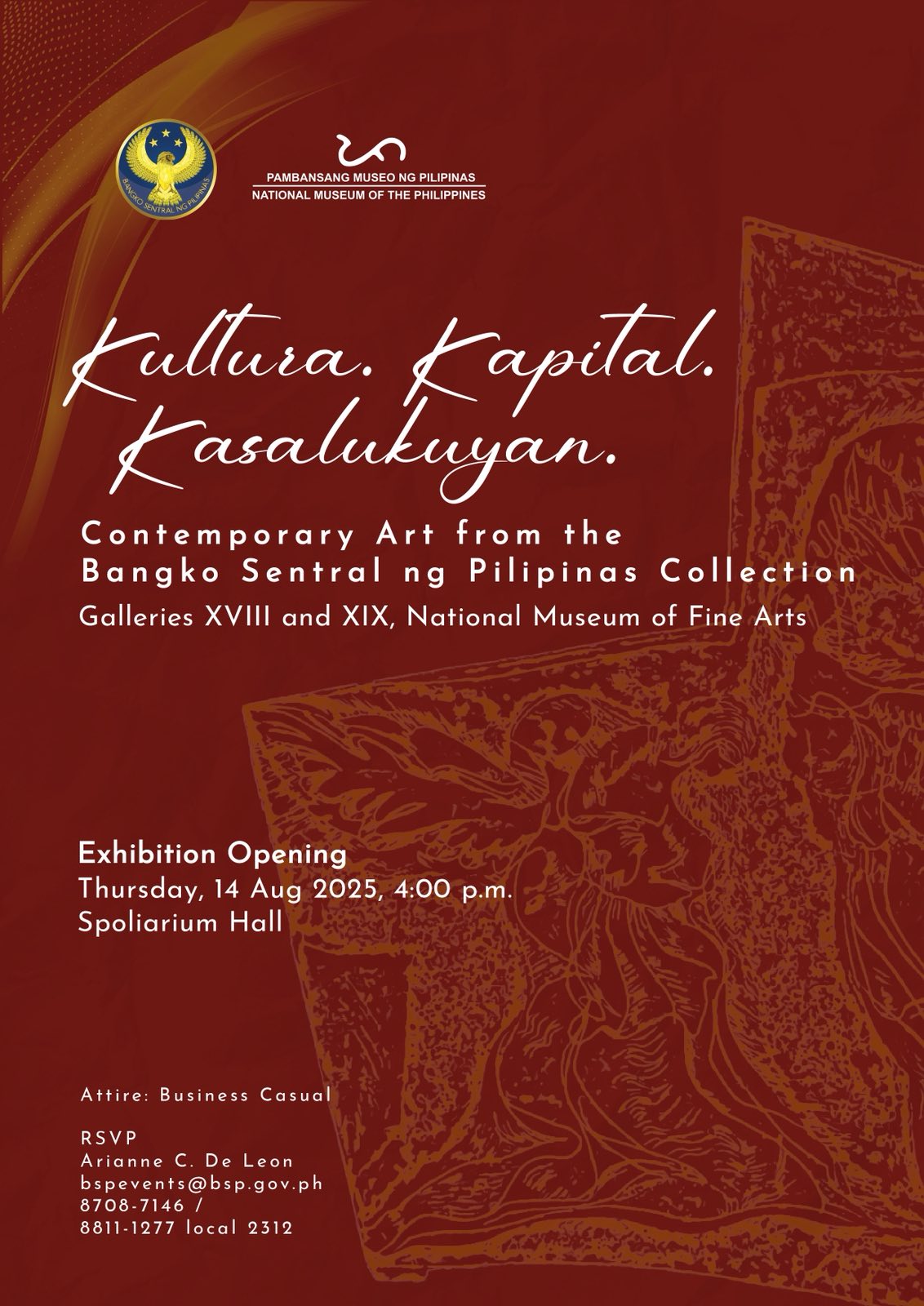
by Jose Carlos G. Campos, Board of Trustees National Museum of the Philippines
The National Museum of the Philippines (NMP) and the Bangko Sentral ng Pilipinas (BSP) recently teamed up to prove that money isn’t just for counting—it’s also for curating! Their latest joint exhibition, Kultura. Kapital. Kasalukuyan: Contemporary Art from the Bangko Sentral ng Pilipinas Collection, is now open, and it’s a real treat for art lovers and culture buffs alike.
On display are gems from the BSP’s contemporary art collection, including masterpieces by National Artist Benedicto Cabrera (Bencab), along with works by Onib Olmedo, Brenda Fajardo, Antipas Delotavo, Edgar Talusan Fernandez, and many more. Some of the artists even showed up in person—Charlie Co, Junyee, Imelda Cajipe-Endaya, Demi Padua, Joey Cobcobo, Leonard Aguinaldo, Gerardo Tan, Melvin Culaba—while others sent their family representatives, like Mayumi Habulan and Jeudi Garibay. Talk about art running in the family!
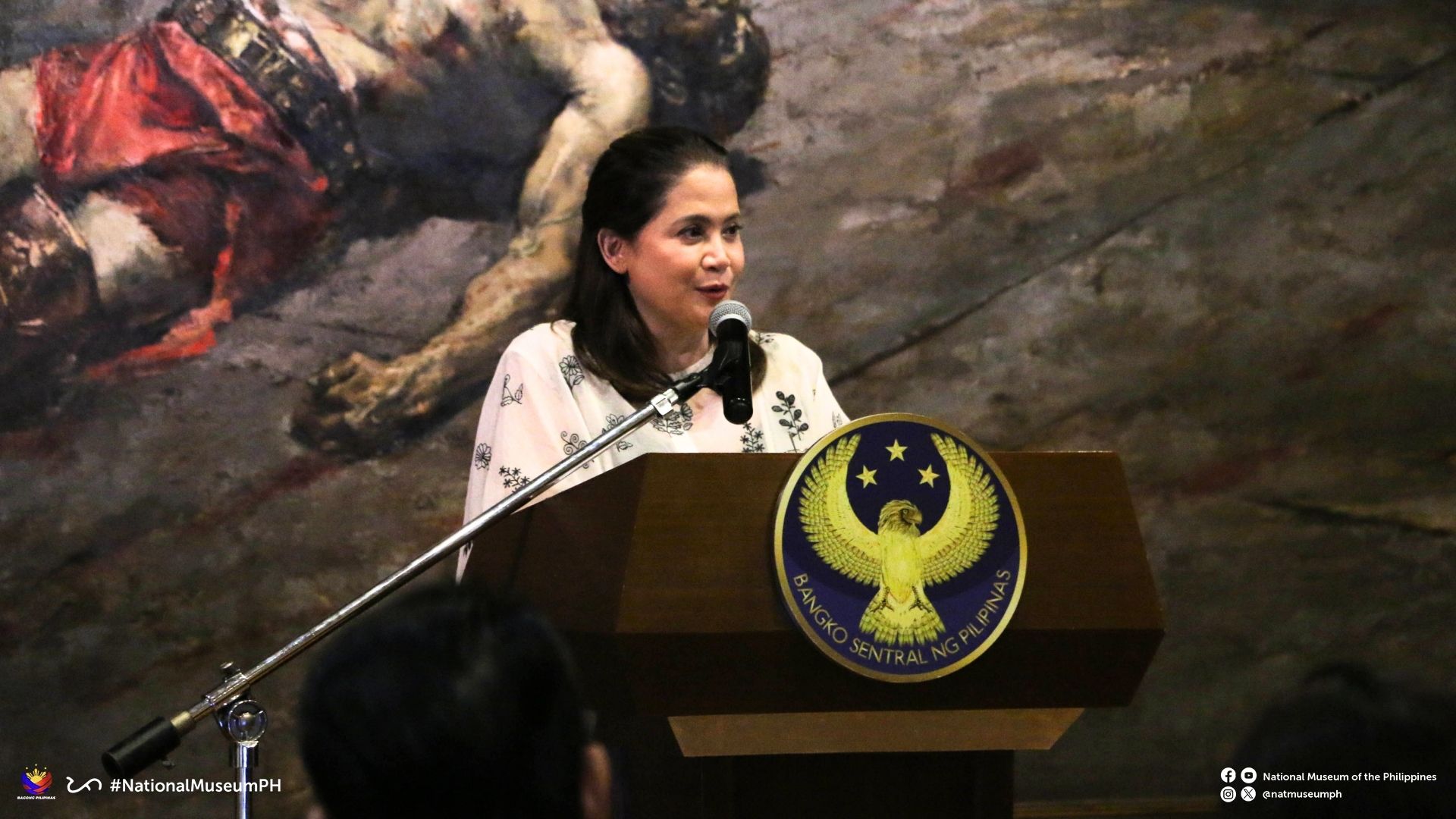
Deputy Governor General of the BSP, Berna Romulo Puyat
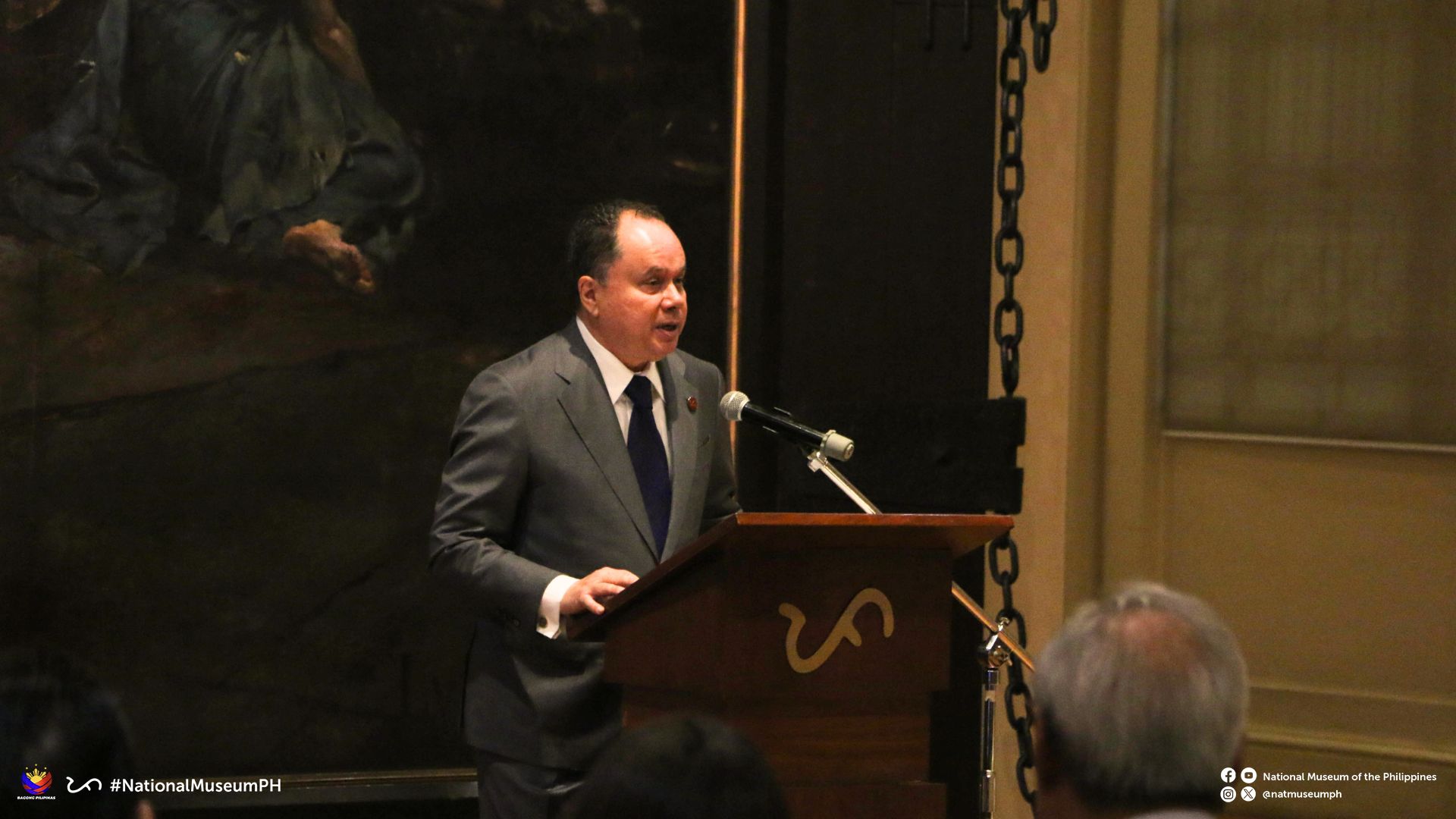
Chairman of NMP, Andoni Aboitiz
The BSP Governor Eli M. Remolona, Jr. and members of the Monetary Board joined the event, alongside former BSP Governor Amando M. Tetangco, Jr., Ms. Tess Espenilla (wife of the late Nestor A. Espenilla, Jr.), and the ever-graceful former Central Bank Governor Jaime C. Laya, who gave a short but enlightening talk about the BSP art collection.
From the NMP, Chairman Andoni Aboitiz, Director-General Jeremy Barns, and fellow trustees NCCA Chairman Victorino Mapa Manalo, Carlo Ebeo, and Jose Carlos Garcia-Campos also graced the occasion. Chairman Aboitiz expressed gratitude to the BSP for renewing its partnership, calling the exhibition a shining example of how financial institutions can also enrich our cultural wealth.
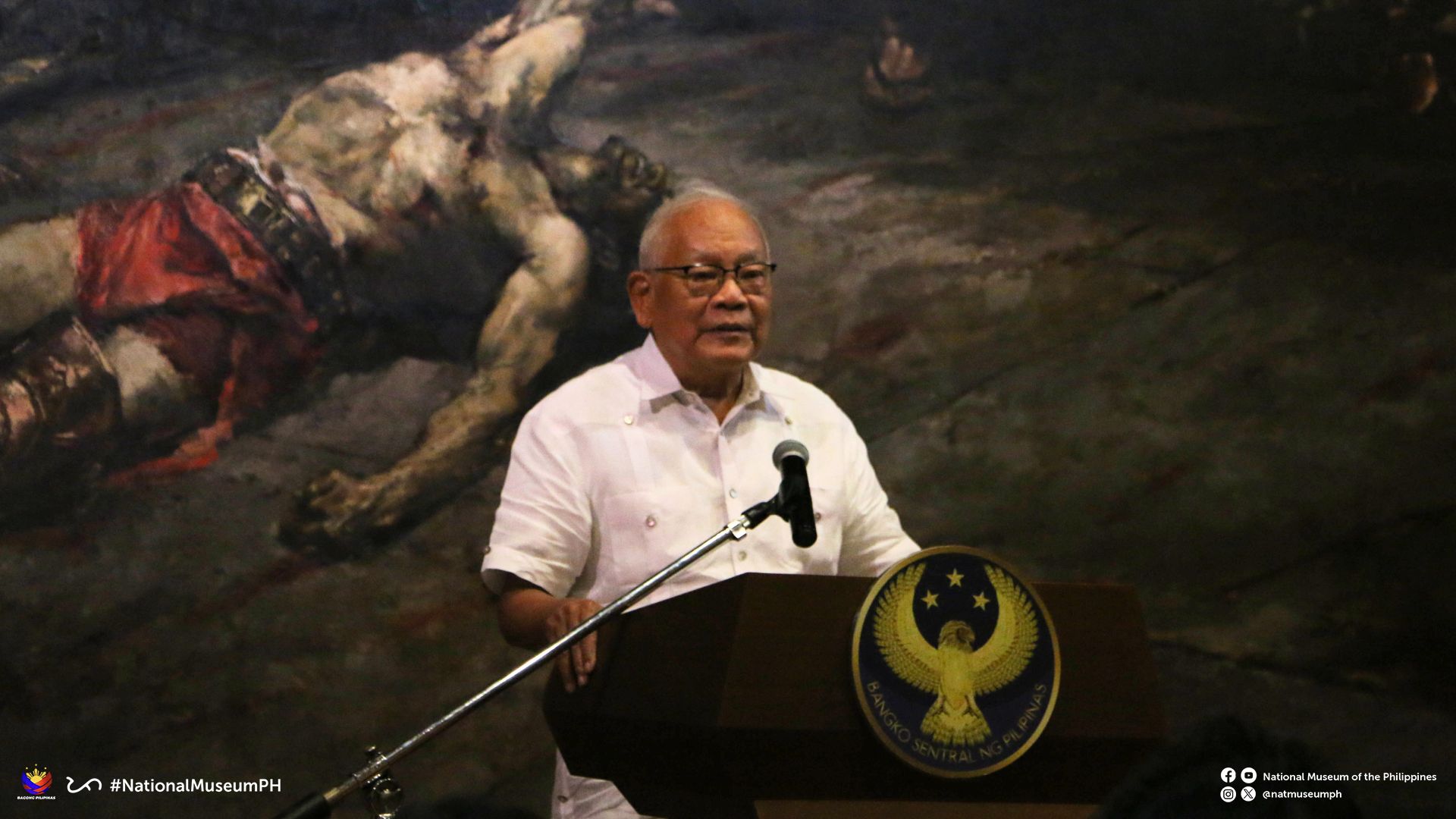
Former Governor of BSP Jaime Laya

Governor of BSP Eli M. Remona and Chairman of NMP Board Andoni Aboitiz
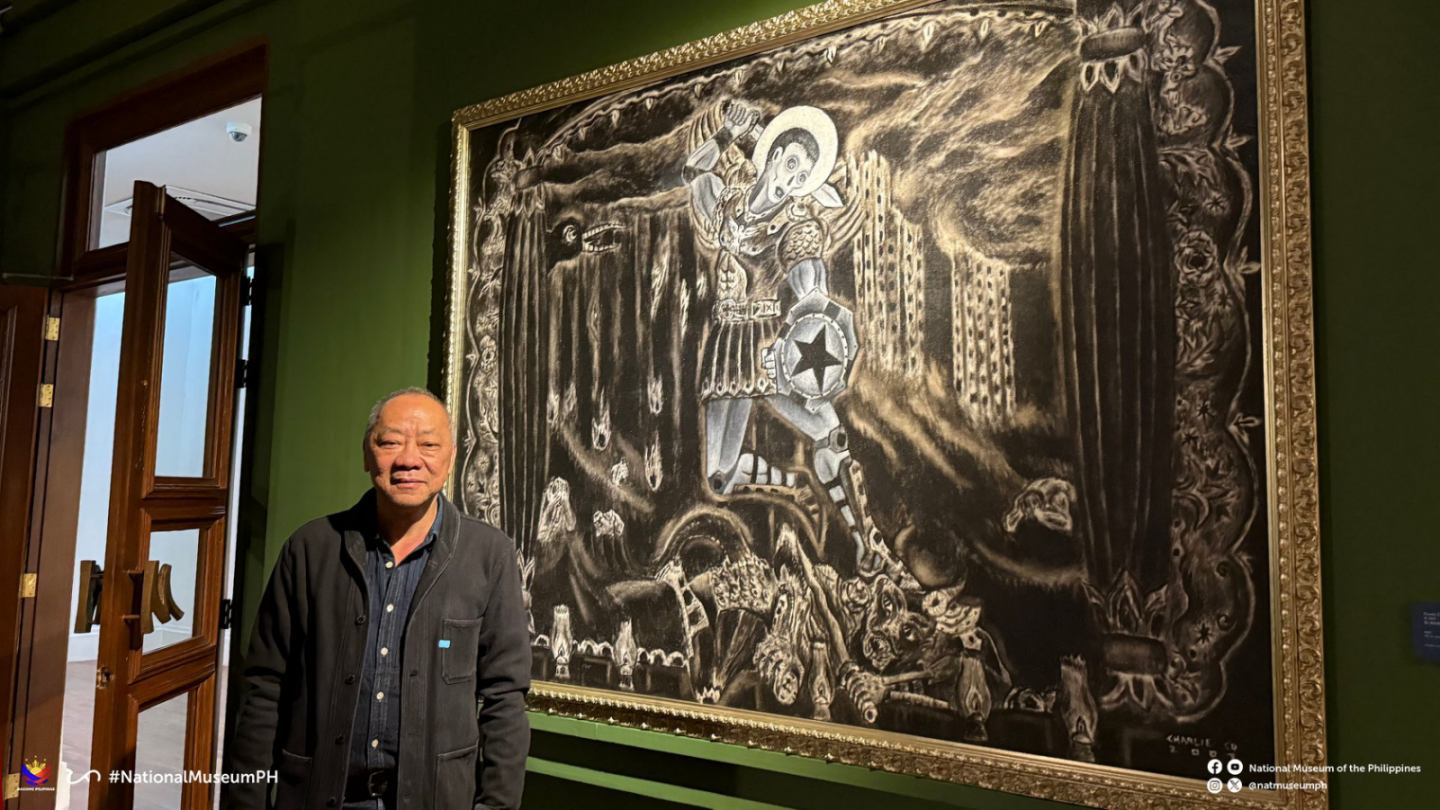
Artist Charlie Co
Before the official launch, a special media preview was held on 5 August, hosted by BSP Deputy Governor Bernadette Romulo-Puyat and DG Jeremy Barns. It gave lucky guests a sneak peek at the collection—because sometimes, even art likes to play “hard to get.”
The exhibition Kultura. Kapital. Kasalukuyan will run until November 2027 at Galleries XVIII and XIX, 3/F, National Museum of Fine Arts. Doors are open daily, 9:00 AM to 6:00 PM. So if you’re looking for something enriching that won’t hurt your wallet (admission is free!), this is your sign to visit. After all, the best kind of interest is cultural interest.
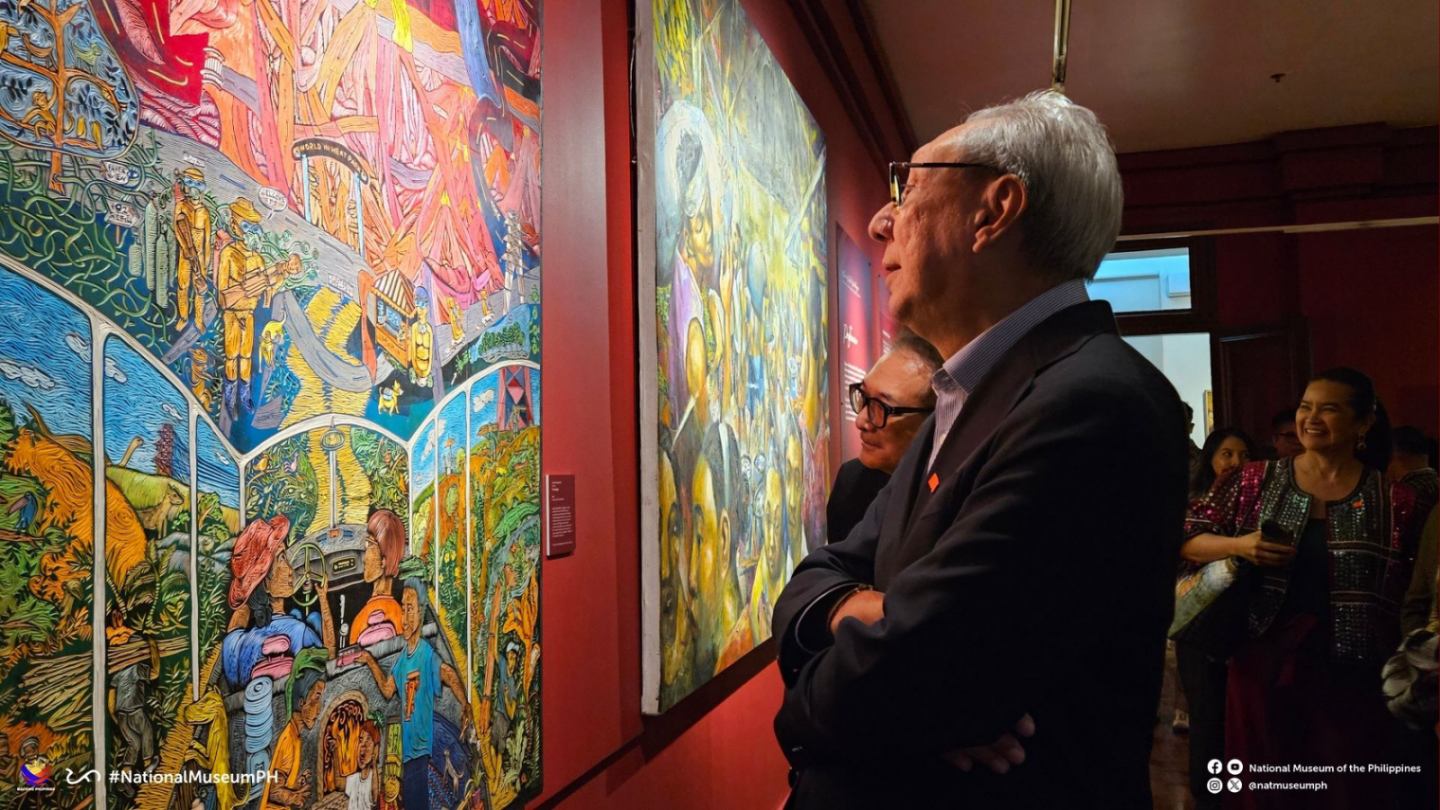
Monetary Board of the BSP, Walter C. Wassmer
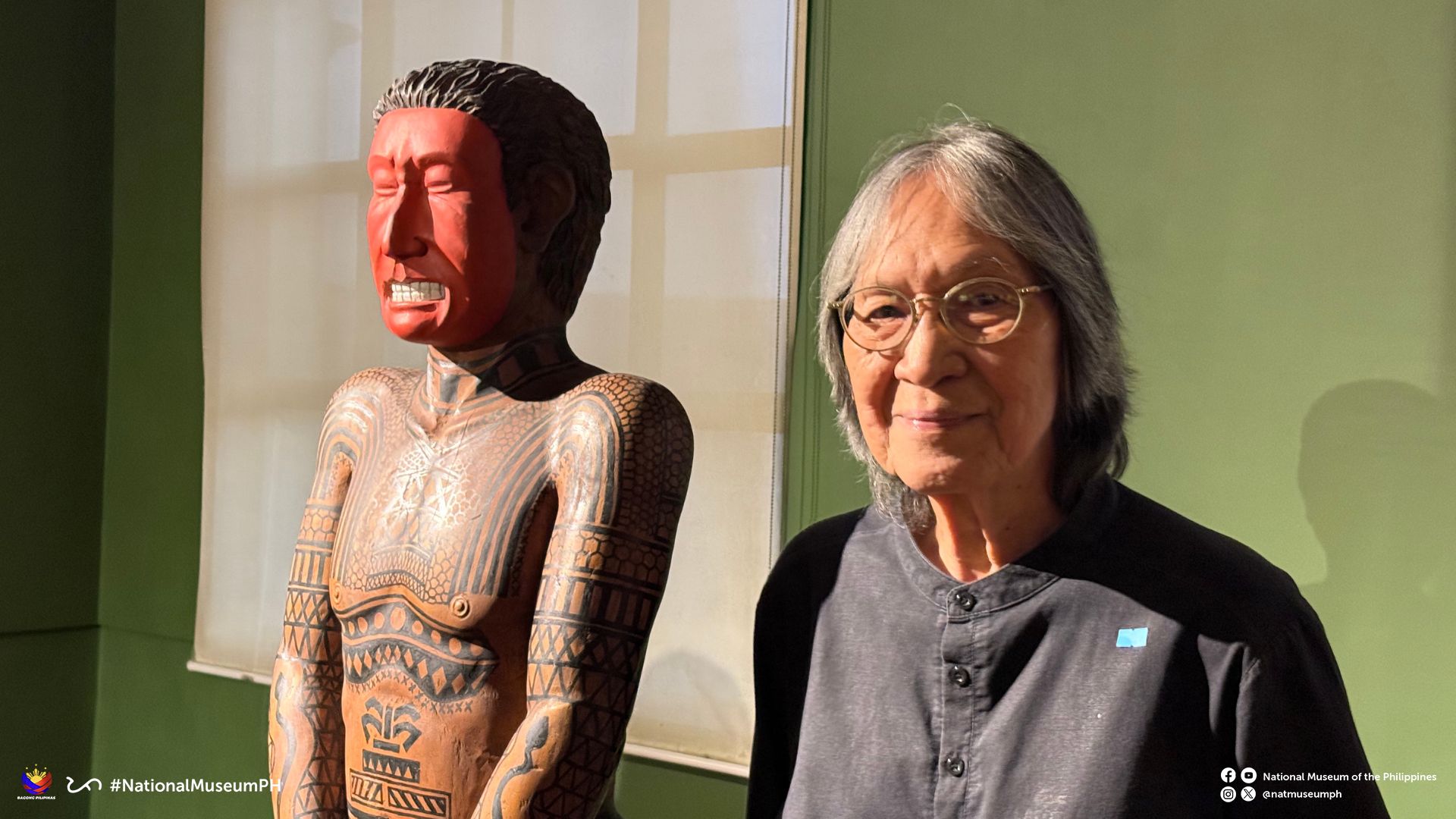
Luis Yee, Jr. aka ‘Junyee’ The Artist beside his Sculpture
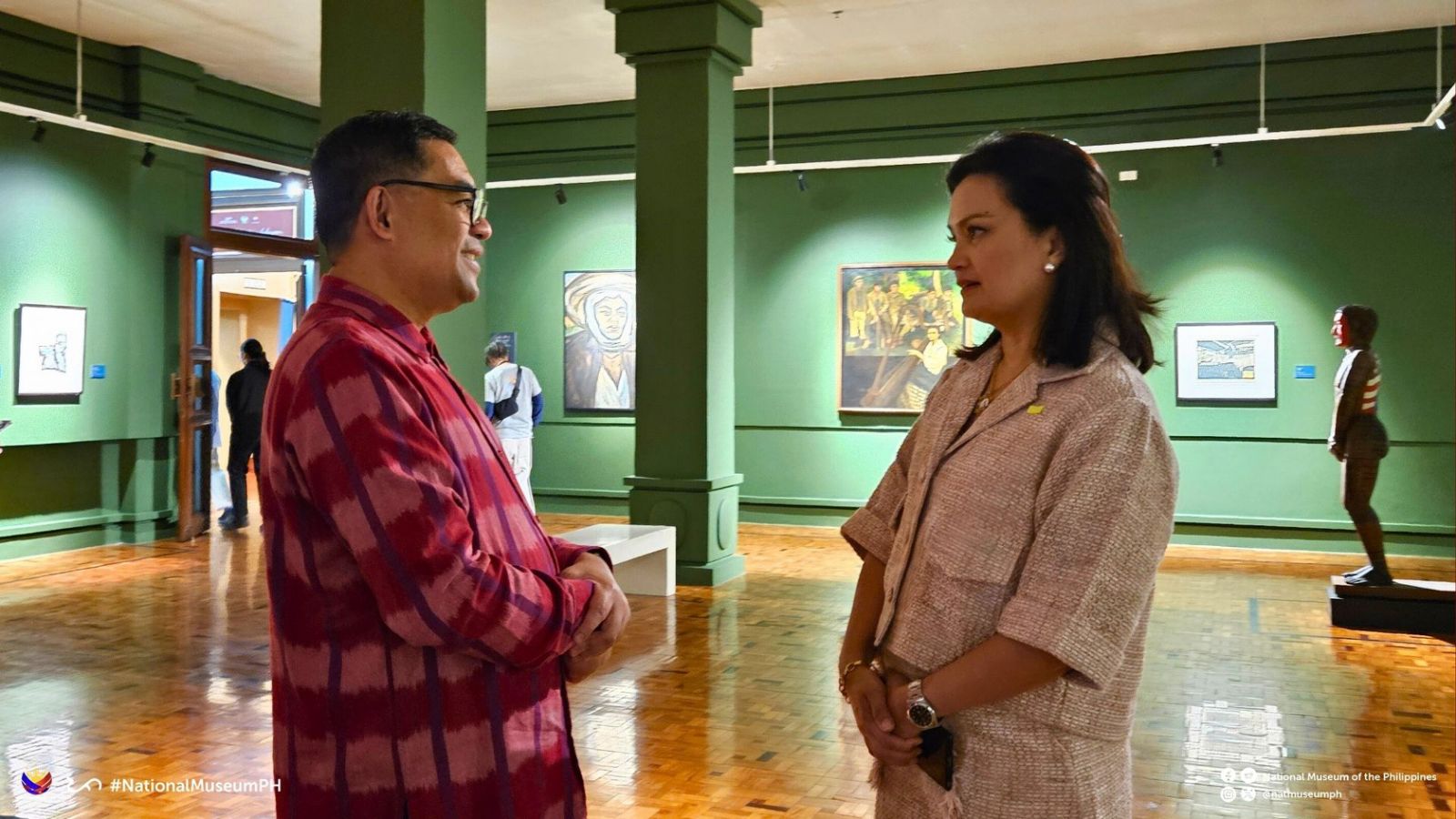
Arvin Manuel Villalon, Acting Deputy Director General for Museums, NMP with Ms. Daphne Osena Paez
Arts & Culture
Asia’s Fashion Czar I Knew as Tito Pitoy; Remembrance of a Friendship Beyond Fashion with Designer Jose R. Moreno
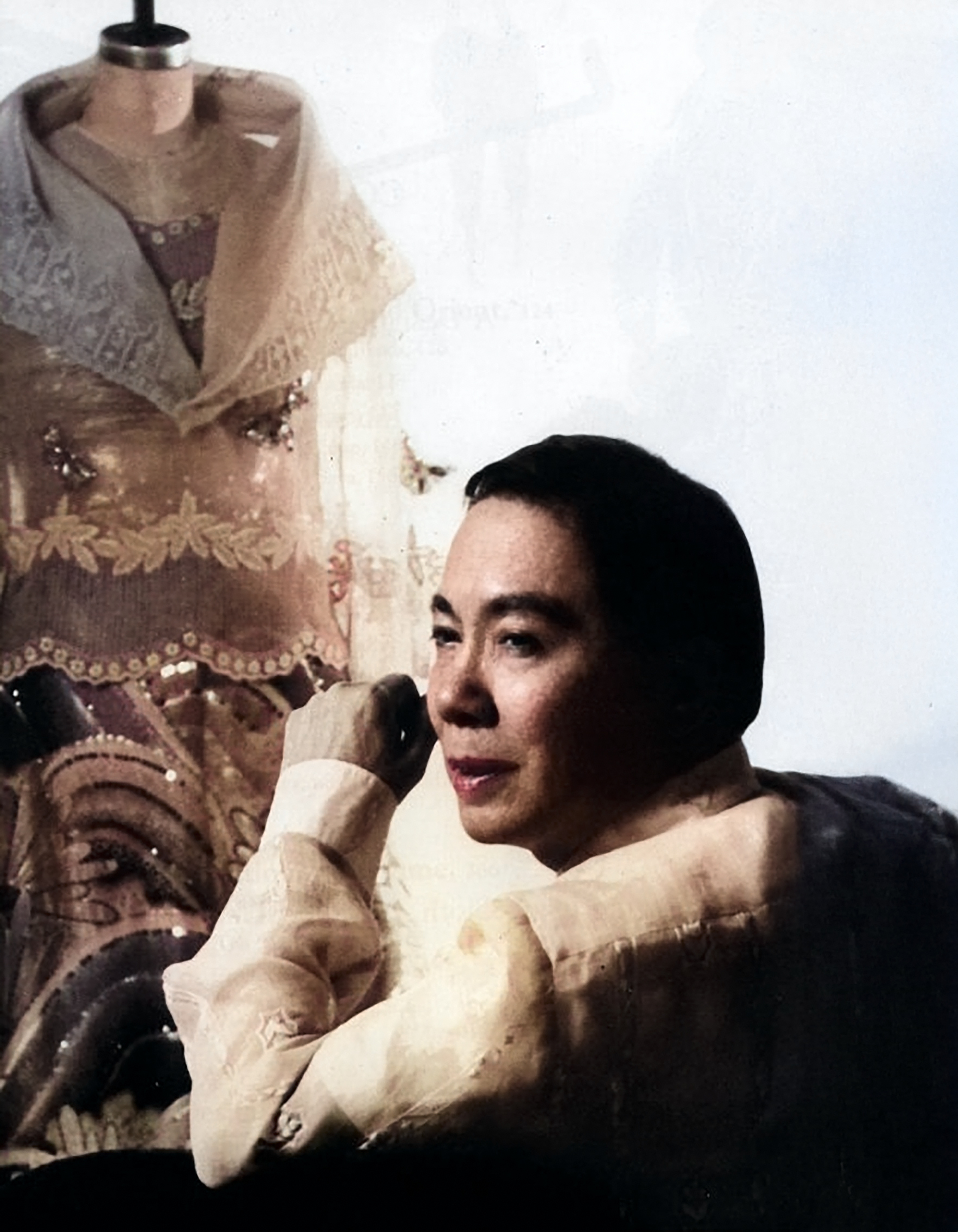
by Jose Carlos G. Campos, Board of Trustees National Museum of the Philippines
My childhood encounter with the famous Pitoy Moreno happened when I was eight years old. My maternal grandmother, Leonila D. Garcia, the former First Lady of the Philippines, and my mother, Linda G. Campos, along with my Dimataga aunts, brought me to his legendary atelier on General Malvar Street in Malate, Manila. These were the unhurried years of the 1970s.
As we approached the atelier, I was enchanted by its fine appointments. The cerulean blue and canary yellow striped canopies shaded tall bay windows draped in fine lace—no signage needed, the designer’s elegance spoke for itself. Inside, we were led to a hallway adorned with Art Deco wooden filigree, and there was Pitoy Moreno himself waiting with open arms—”Kamusta na, Inday and Baby Linda,” as he fondly called Lola and Mommy.
“Ahhh Pitoy, it’s been a while,” Lola spoke with joy.
“Oh eto, may kasal na naman,” my mom teasingly smiled.
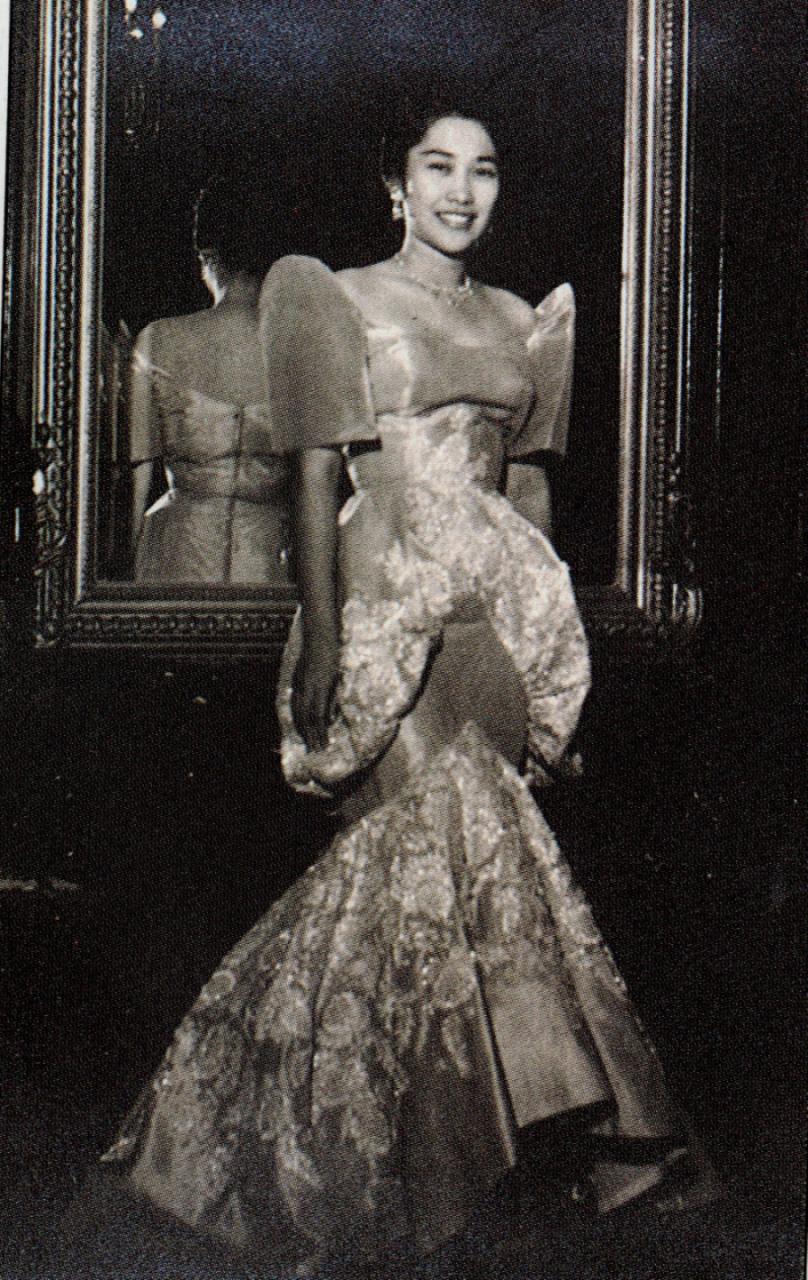
Linda Garcia Campos and Pitoy Moreno’s friendship started when they were students in the University of the Philippines in Diliman.
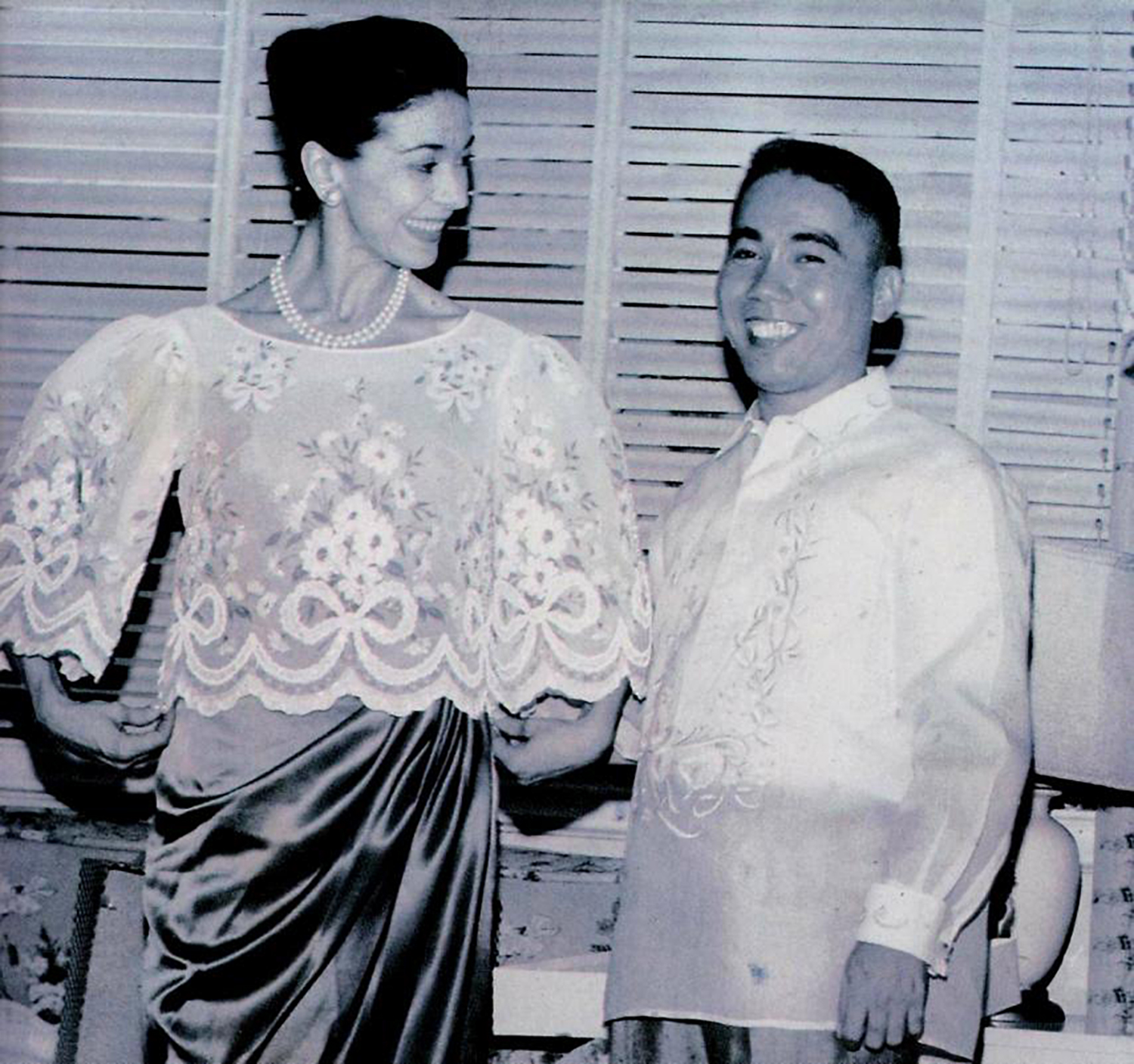
When Dame Margot Fonteyn came for a visit to Manila, Pitoy Moreno dressed her up for an occasion.
We had entered a world of beauty—porcelain figurines, ancient earthenware and pre-colonial relics. It was like stepping into a looking glass, only Pitoy could have imagined.
Destiny led me back years later when my mother Linda told me that Pitoy Moreno was working on his second book, Philippine Costume, and needed research material and editorial advice. At this point, around the 1990s, I was in between assignments—unsure of how a broadcasting graduate like me could possibly contribute to a fashion icon’s masterpiece. Fortunately, I agreed to the project.
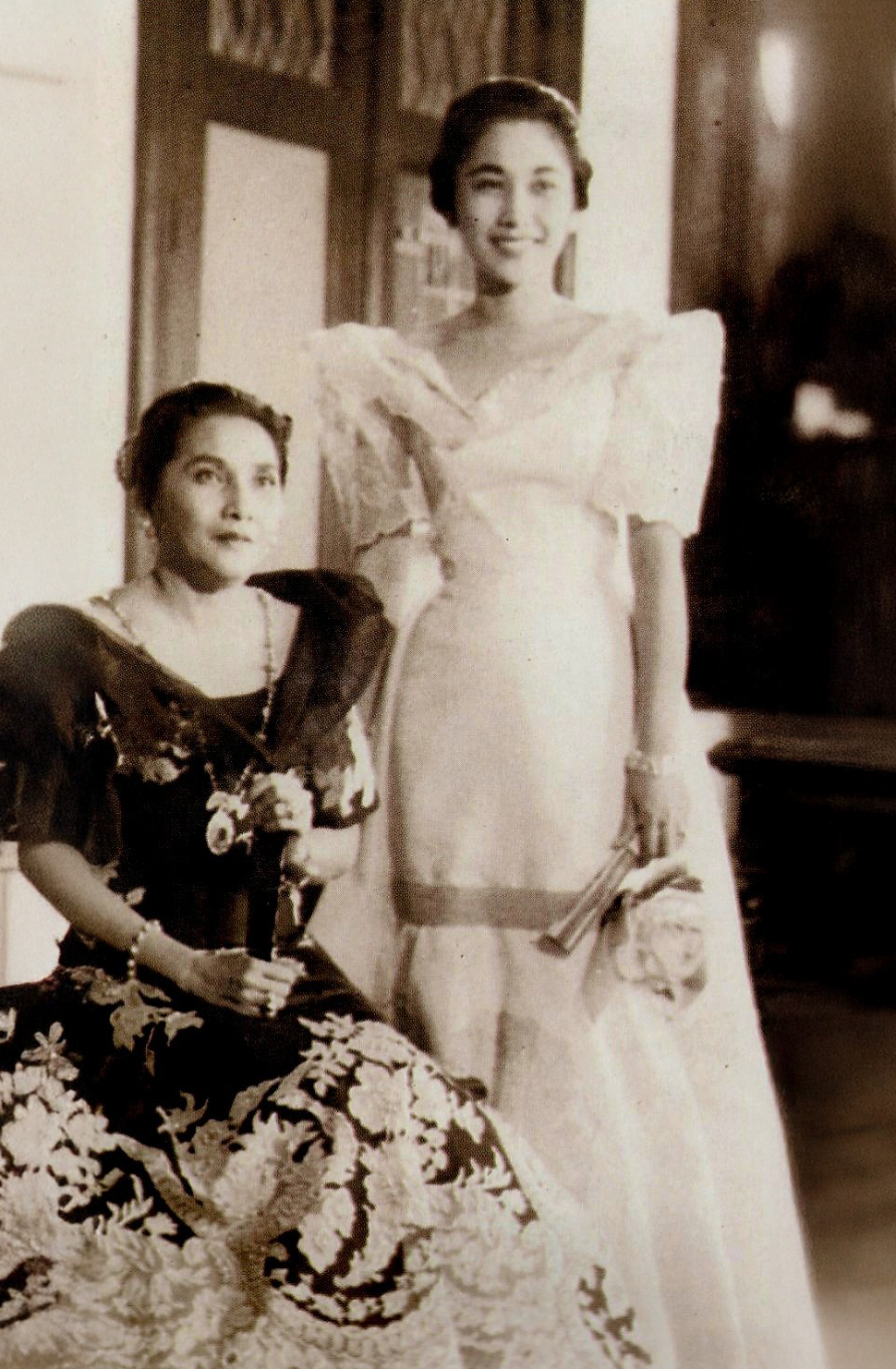
Former First Lady Leonila D. Garcia and daughter Linda G. Campos in Malacañang Palace.
Returning to the designer’s atelier brought back a rush of pleasant memories. The gate opened, and there stood Pitoy Moreno, beaming as always.
“Come in, hijo. Let me show you what I have in mind—and call me Tito Pitoy, okay?”
He led me to his worktable.
“I want to publish a book that tells the story of Philippine fashion—from our pre-colonial roots to the present. A designer’s collection of images and heritage expressed in clothing.”
I was awestruck. “How can I help you?” I inquired.
“Did you know that your mother, Linda, was my barkada in the University of the Philippines in Diliman?” he grinned.
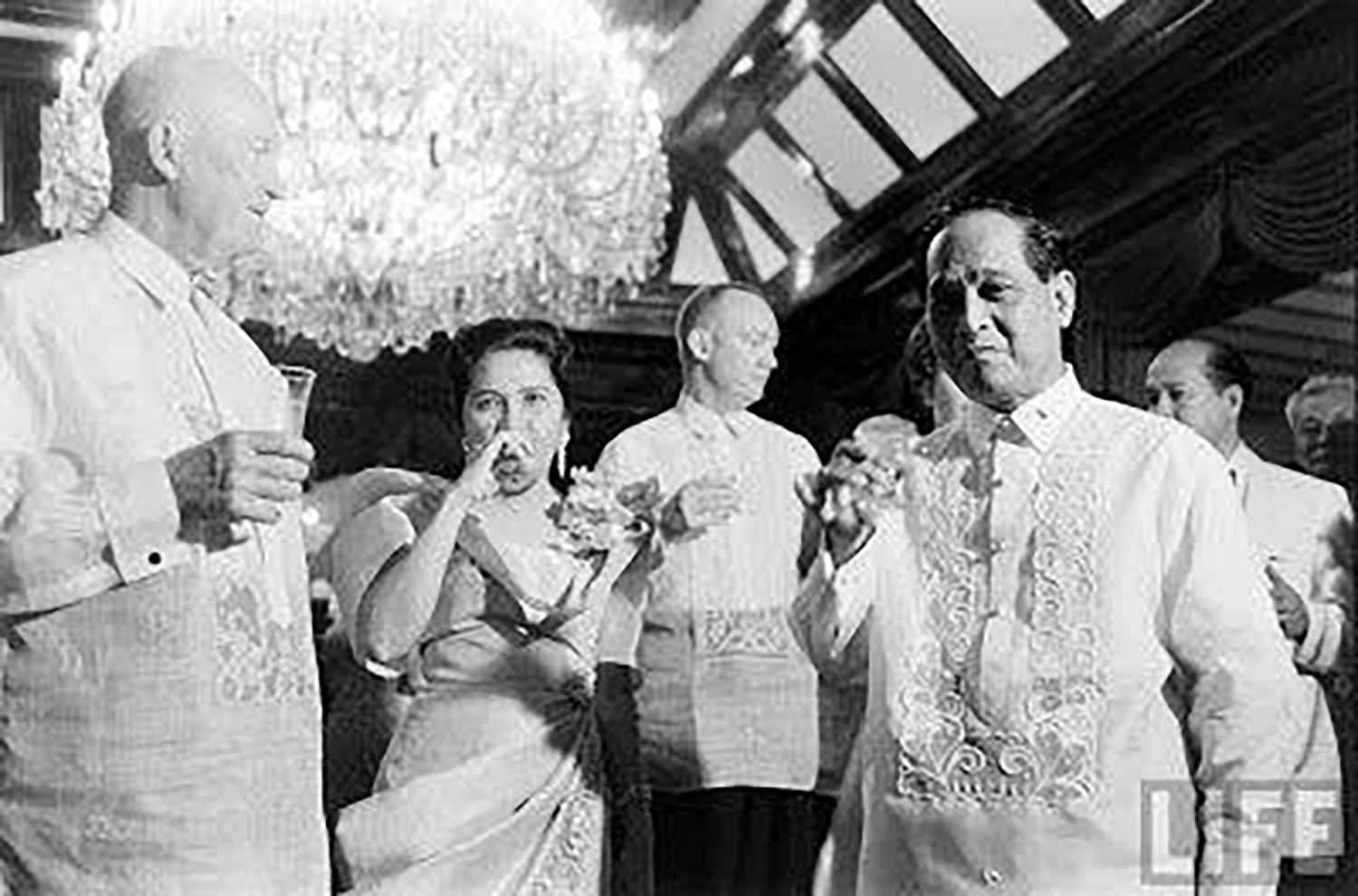
US President Dwight Eisenhower with First Lady Leonila Garcia and President Carlos Garcia in a state dinner at Malacañang Palace in Manila.
That friendship soon led to one of the proudest moments of the designer’s life. He had the opportunity to dress not only the First Lady Leonila D. Garcia but also President Carlos P. Garcia during his term. It was also during this time that the President of the United States, Dwight Eisenhower, came for an official visit to Manila. The designer was able to make clothes for the President, his daughter, and his staff.
“Eisenhower even asked for discounts on the barong Tagalog,” Tito Pitoy laughed.
Tito Pitoy then asked if I could find a terno he had made for my Lola, the former First Lady, which she wore for President Eisenhower’s state visit in 1960.
“How about her other ternos, dated from the 1920s to the 1960s?” I offered.
He lit up.
I scoured my Lola’s extensive closet—it felt like unearthing a legacy. Tucked behind layers of vintage ternos from countless fashion designers, I found that terno, which was photographed by Dick Baldovino along with other pieces for the book project. Once the project was finished and I myself had moved on, my bond with Tito Pitoy never wavered.
When my Lola passed away, he was deeply touched when I personally informed him of the sad news. Once, at the wake of former Vice President Salvador Laurel, he asked me to assist him in the placement of the medals in the chapel.
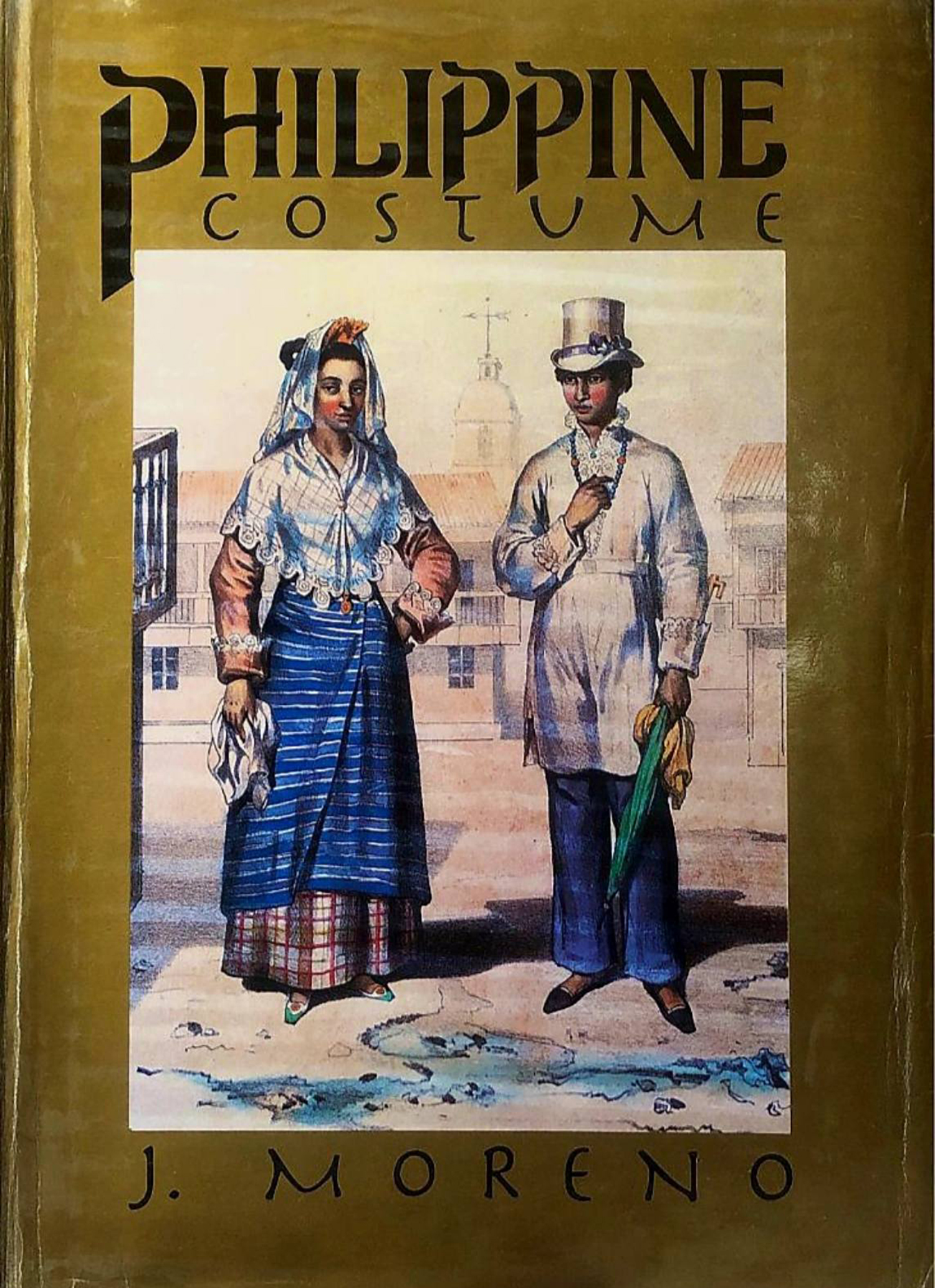
Philippine Costume by Jose Moreno is the designer’s collection of images and heritage expressed in clothing.
Tito Pitoy later invited me to his 80th birthday celebration—a dazzling Manila affair in 2012. During the evening’s festivities, he handed me a printed copy of Philippine Costume and added warmly,
“Thank you, hijo. I’ll call on you for the next one.”
The highlight of his career—and his most unforgettable moment—came during the Metro Magazine Gala fashion show: A Tribute to Pitoy Moreno, Fashion Icon. A collection of evening gowns spanning six decades—many of them unseen and tucked away in his atelier—were revealed that night. When the finale came, Tito Pitoy walked the stage, triumphant and waving to a sea of admirers. Longtime friends from the industry, society’s finest, and fashionistas rose from their seats and gave him a standing ovation.
It wasn’t just to celebrate his craft and ingenuity—it was to honor the man who brought elegance, history, and heart in every stitch.
-

 Style2 months ago
Style2 months agoHappy Melendres Traipsing Around Manhattan in Non-Stop Armani
-

 Arts & Culture2 months ago
Arts & Culture2 months agoKultura. Kapital. Kasalukuyan: Art that Speaks of Today
-
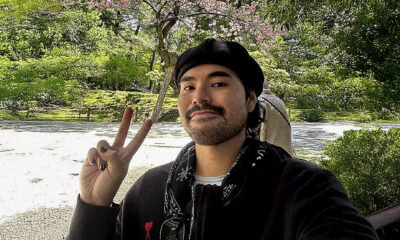
 Prime Target1 month ago
Prime Target1 month agoMiko Sarmiento: Turning Silk Scarves Into Works of Art
-
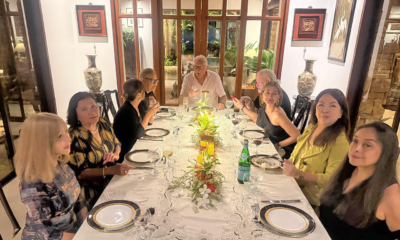
 The Scene2 months ago
The Scene2 months agoAnother Elegant Dinner at Chez Marguerite
-
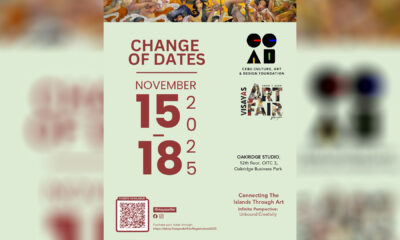
 Arts & Culture3 weeks ago
Arts & Culture3 weeks agoVisayas Art Fair Year 5: Infinite Perspectives, Unbound Creativity
-

 Prime Target2 months ago
Prime Target2 months agoLuna Vdl–Endless Summers in Siargao
-

 The Scene2 months ago
The Scene2 months agoA Stylish Soirée: Cebu’s Elite Celebrate Jackie Deen Lotzoff at Mad Thai
-

 QuickFx2 months ago
QuickFx2 months agoI Lost It at the Movies: Five of the Most Significant Films of the 1960s

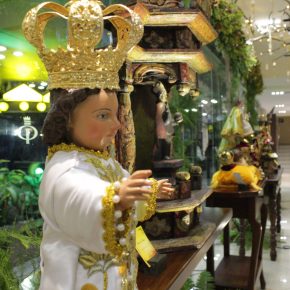
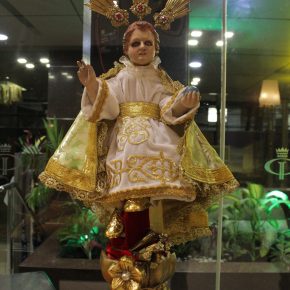
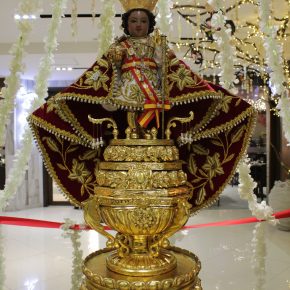
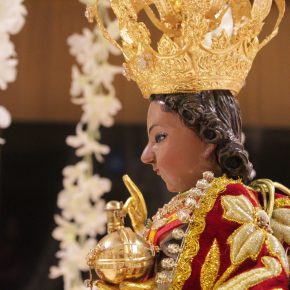

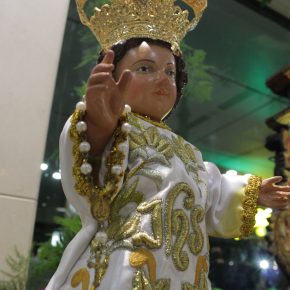
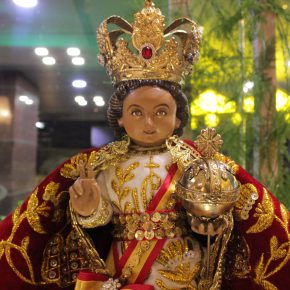
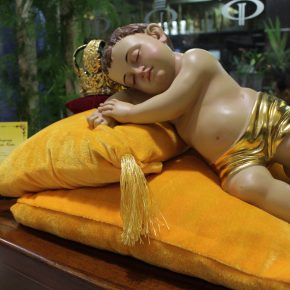
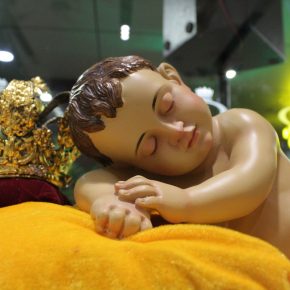
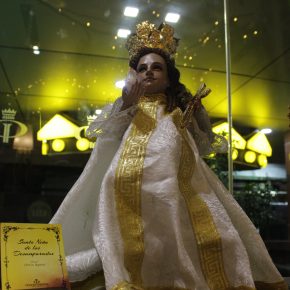
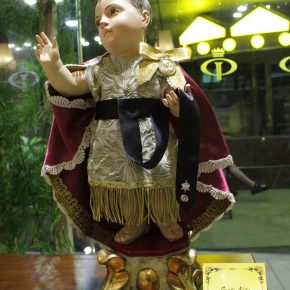
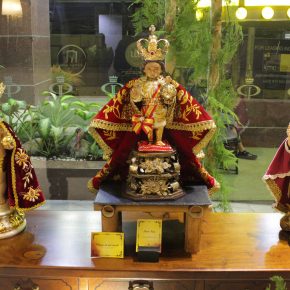
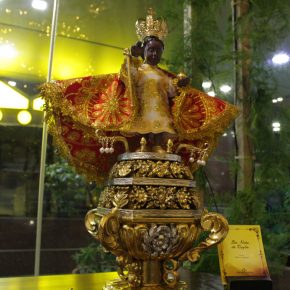
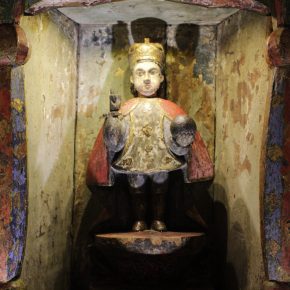
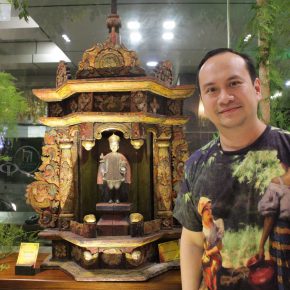
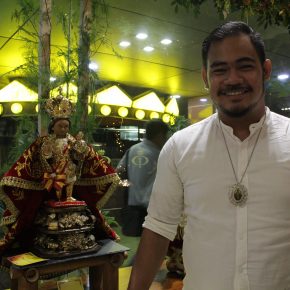
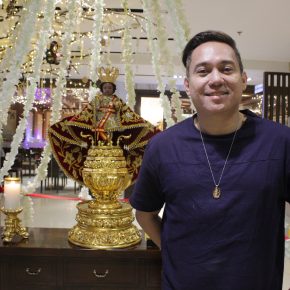
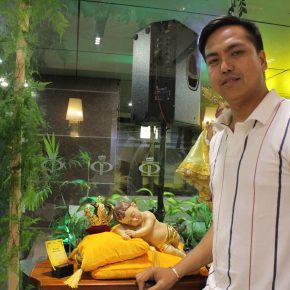
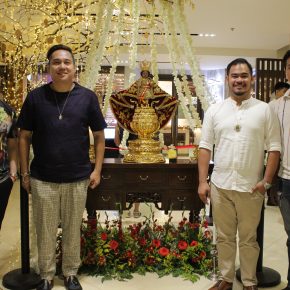




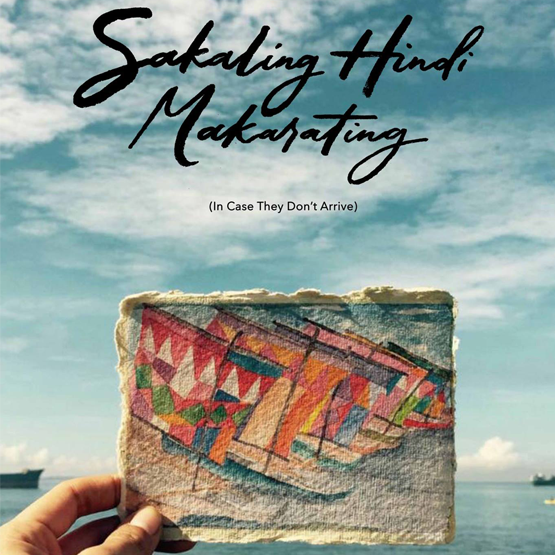




You must be logged in to post a comment Login